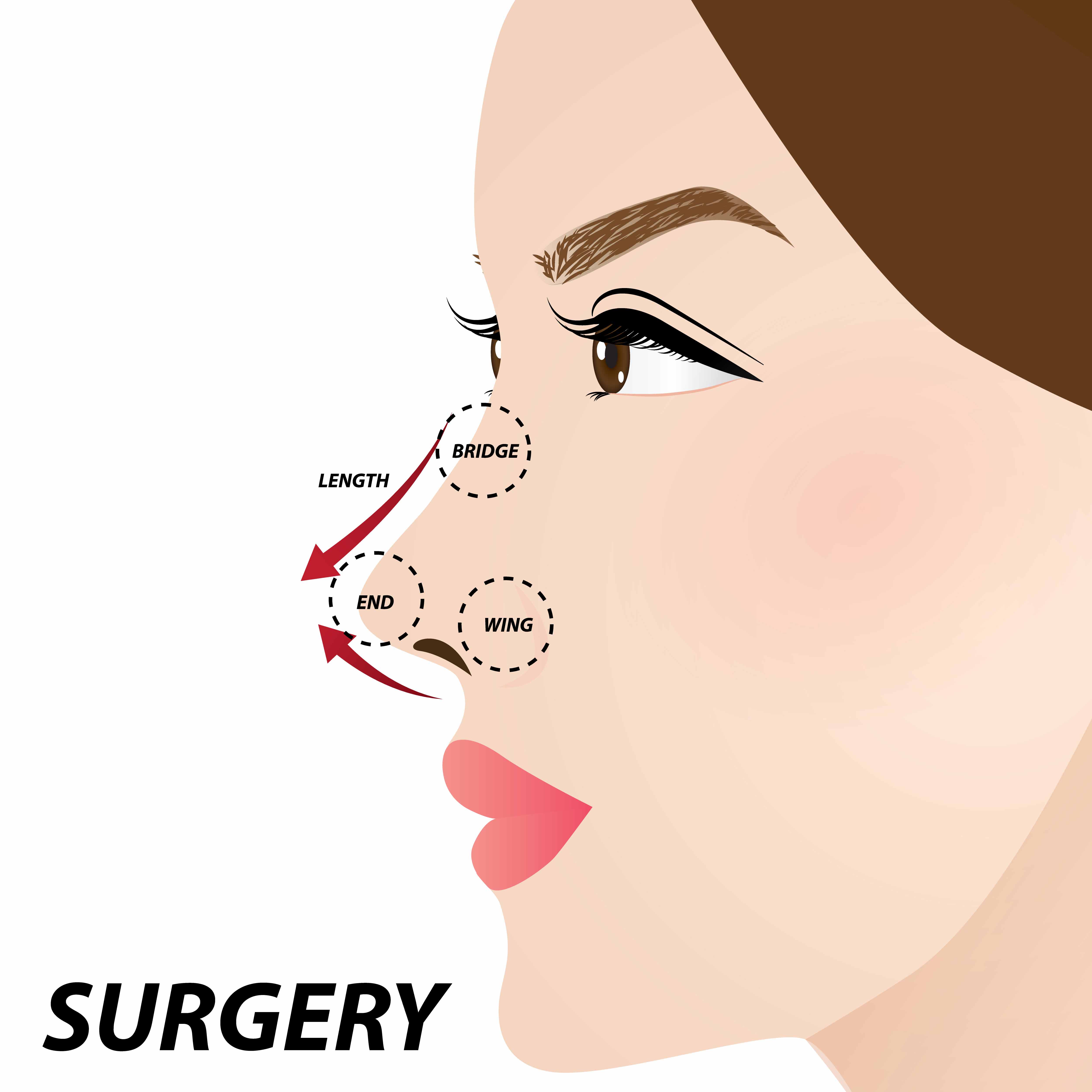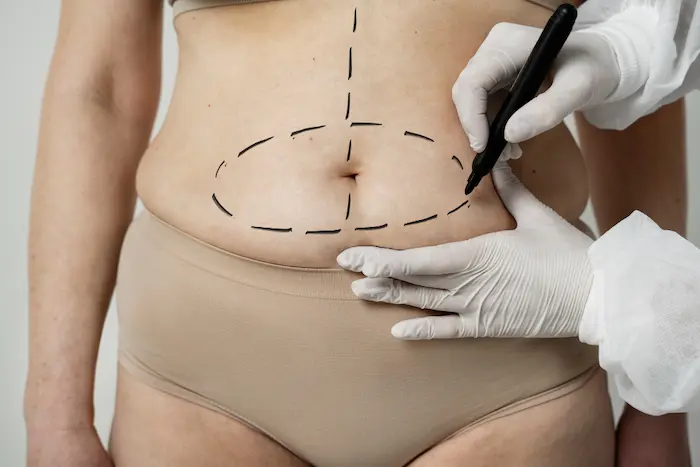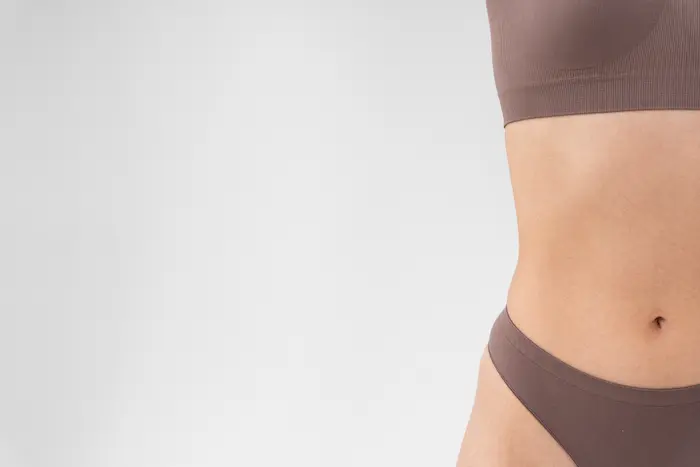
Exploring the Longevity of Rhinoplasty Results
Rhinoplasty, also referred to as a "nose job," is a cosmetic surgical procedure that aims to improve the nose's functionality...
Rhinoplasty, also referred to as a "nose job," is a that aims to improve the nose's functionality or aesthetic appearance. When undergoing this nose surgery, patients frequently hope for long-lasting results.
However, patients and surgeons must comprehend the factors affecting the longevity of the Rhinoplasty results. This blog examines the essential components that support the long-term results of this surgery.
The role of social media
Several reasons tempt people to go for Rhinoplasty, ranging from personal to social reasons. Moreover, when deciding on the surgery, people don't even mind seeking the help of social media platforms. The National Library of Medicine (NLM) reveals a startling study that included 1645 participants from Saudi Arabia and the surrounding regions.
According to the study, more than 28% of respondents admitted to the significant role of social media in their decision to opt for Rhinoplasty. Here are the contributions of the individual channels in helping the respondents to make this important decision about nose surgery
| Social Media Platform |
Percentage of Respondents % |
| Snapchat | 43.41 |
| 22.97 | |
| 12.09 |
What are the procedures for Rhinoplasty?
Surgeons mostly employ two techniques: open Rhinoplasty and closed Rhinoplasty.
Open Rhinoplasty
With this method, the surgeon gets direct access to and visibility of the nasal structures. The surgery requires making a tiny incision across the columella, the skin strip that runs between the nostrils. When you want major changes to the
If the nasal structure requires making major charges, or the case is too complex, the open technique is a good option.
Closed Rhinoplasty
A surgery involving closed Rhinoplasty leaves behind no external scars because the surgery creates incisions inside the nasal passages. Although it is less accessible and visible than an open Rhinoplasty, doctors choose it frequently for simpler cases that require less alteration.
Performing Rhinoplasty: Steps-by-Step
Irrespective of the method chosen by your surgeon, Rhinoplasty operations usually entail these crucial steps:
Anesthesia: Depending on the complexity of the procedure and the surgeon's preference, patients get either local or general anesthesia.
Incisions: The surgeon makes incisions strategically to gain access to the underlying soft tissues, bone, and cartilage.
Reshaping: The surgeon adjusts the nasal structures, such as reshaping the nostrils, reducing or enhancing the nasal bridge, or honing the nasal tip.
Grafting: To improve the structure and support of the nose, cartilage grafts may find use occasionally.
Closure: After carrying out the intended modifications, the surgeon stitches the incisions to close them. The doctor may also use nasal packing to aid in the healing process if required.
After the surgery, patients experience a period of recovery. During this time, their bruises and swellings go down. Abiding by the specific instructions of the cosmetic surgeon for postoperative care is crucial for a positive result.
Scheduling routine follow-up visits with the surgeon facilitates proper monitoring of the treated area. This will also address the concerns during the healing process with proper resolution.
The surgeons provide customized Rhinoplasty treatment according to the patient's distinct anatomy and aesthetic objectives. These tailor-made procedures highlight the significance of in-depth preoperative consultations and efficient patient-surgeon communication.
What are the factors contributing to the long-term results of Rhinoplasty?
Numerous aspects work together to make way for a shorter recovery period and permanent results after undergoing Rhinoplasty. Let’s know about them in detail.
Surgical methods
The surgical techniques used during a Rhinoplasty leave a significant impact on the longevity of the results. Surgeons can refine and reshape the nasal structure using open or closed Rhinoplasty. Improvements in tissue preservation techniques and surgical technology, such as the use of cartilage grafts, have led to better and long-term outcomes. To customize the procedure for the best and longest-lasting results, surgeons must carefully consider each patient's anatomy, skin type, and nasal structure.
Physician-patient communication
Achieving and maintaining long-lasting results from a Rhinoplasty requires effective communication between the patient and the surgeon. In preoperative consultations, patients need to be very clear about their expectations, concerns, and preferences regarding appearance.
Surgeons should address any postoperative uncertainties. They should also talk about potential limitations and set reasonable expectations for the patients. Building a solid rapport between the patient and the surgeon promotes trust and guarantees that everyone is working toward serving a common goal – to attain long-lasting results from Rhinoplasty.
Tissue repair and adjustment
The longevity of results from Rhinoplasty depends largely on the body's inherent healing processes. In the starting few weeks and months after surgery, bruises, and swelling are common. Tissues gradually mend and adjust to the new nasal shapes over time.
Adhering to the surgeon's recommendations and providing appropriate postoperative care can have a substantial effect on the healing rate and long-term stability of the outcome. For the expected and permanent result, you need to understand the importance of bearing patience during the healing process.
Natural changes and aging
Natural aging processes can have a deep impact on the results of Rhinoplasty. With the growing age, skin elasticity may decline and soft tissues start undergoing modifications. Rhinoplasty can correct structural problems and reshape the nose. Nevertheless, it cannot stop the natural aging process of your face.
Some changes in the body’s appearance are unavoidable with age. Routine follow-up visits with the surgeon can aid in monitoring and addressing all the other potential issues with your appearance. The same holds with the looks of your nose. Your surgeon is the best person to suggest the right time to perform the nose surgery to enable you to retain your youthful appearance.
It's all in the genes!
Yes, genetics also leaves a big impact on the changes in your nose over time. If your family members own a precise nose characteristic, like a hump or a droop, you may also inherit the same trait. With time, this attribute will become obvious on your nose. Therefore, the surgeon needs to dig deep down into your family’s genetic history and come up with workable insights for a positive outcome. During the surgery, these genetic factors can prove highly effective. During consultation with the surgeon, disclosing your medical history is equally important.
Rhinoplasty revision
Patients often request the surgeons for a Revision Rhinoplasty. This correctional surgery addresses issues or changes in their nasal appearance over time. Like the nose job, revision processes can be more intricate as well. Depending on the level of complexity, you would need the attention of a highly skilled and attentive surgeon. Both patients and surgeons must carefully evaluate the need for revision surgery. They should take into account both functional and cosmetic factors. To achieve success, careful preparation and reasonable expectations are essential.
Aspects of the environment and lifestyle
The durability of nose surgery results can be hampered because of your lifestyle and environmental factors. Smoking, sun exposure, and bad skin care practices can all cause early aging and have an impact on the nose's appearance.
Preserving the integrity of the skin and maximizing the longevity of Rhinoplasty results is inevitable. To make this happen, surgeons frequently counsel patients to lead a healthy lifestyle. They suggest patients quit smoking and protect themselves from the sun.
Selecting the best surgeon for Rhinoplasty
The choice of cosmetic surgeon is of immense importance in making way for long-term results of nose surgery. The qualifications, expertise, and skills of the surgeon will help you to get near-expected results. Therefore, researching the surgeon is indispensable. To help you in your search, we can assist you with our robust database of the best plastic surgeons in your preferred location. For more information on singling out the best doctor, do contact us today.
Conclusion
Numerous factors work in tandem to affect the longevity of Rhinoplasty results. These include surgical methods, tissue healing and adaptation, patient-surgeon communication, and lifestyle. In the wake of these factors, both the patient and the surgeon must work together to achieve long-lasting results.
With continuous innovations in the cosmetic surgery domain, people are getting enhanced results. The same holds for nose surgery or Rhinoplasty as well. Discoveries and persistent research in this specific field have helped improve Rhinoplasty methods. This has also led to an extended durability of results from the nose job procedures.
To maximize the long-term effects of this procedure, patients should consult with the surgeons. Following postoperative care instructions and a healthy lifestyle also ensure permanent Rhinoplasty results. Above all, your choice of surgeon also plays a key role in fulfilling this aspiration.






Comments
Login & Write comment